'Extraordinary' Dartmoor find sheds new light on Bronze Age
Discovery of treasure-trove on Whitehorse Hill 'as important' as Stonehenge, say archaeologists
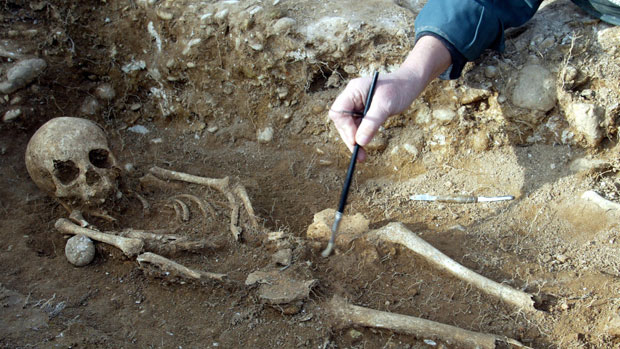
RESEARCH into the 4,000-year-old remains of a body, along with a hoard of treasures, discovered on Whitehorse Hill in Dartmoor is said to be "rewriting" British Bronze Age history. The burial relics, which were found in a stone box, are being analysed and assessed by scientists across several continents, with Dartmoor National Park archaeologists describing it as the most important ancient find on the moor.
So what exactly have they found?The cremated bones of a 4,000-year-old body, believed to be a woman, wrapped in fur and buried in a small stone box. Along with the bones are a number of objects, including a unique arm band, plaited from cowhair and originally studded with 34 tin beads, a unique nettle fibre belt with a leather fringe and pre-historic jewellery, such as ear studs made from spindle wood.
What does the discovery tell us?The burial discovery is "rewriting the history of the Bronze Age moor", says The Guardian. The tin studs are the earliest evidence of metal-working in the South West, while the wooden ear studs are the earliest examples of wood turning ever found in Britain. The jewellery includes amber from the Baltic and shale from Whitby. Scientists in Britain, Denmark and the Smithsonian Institute in the US have been working on the fur, which is not dog, wolf, deer, horse or sheep, but may be a bear skin, from a species that became extinct in Britain at least 1,000 years ago.
The Week
Escape your echo chamber. Get the facts behind the news, plus analysis from multiple perspectives.

Sign up for The Week's Free Newsletters
From our morning news briefing to a weekly Good News Newsletter, get the best of The Week delivered directly to your inbox.
From our morning news briefing to a weekly Good News Newsletter, get the best of The Week delivered directly to your inbox.
How unusual is the find?Jane Marchand, chief archaeologist at the Dartmoor National Park Authority, says that the discovery of any one of the artefacts would have been "remarkable". She explains that the last Dartmoor burial with grave goods was found back in the days of Victorian gentleman antiquarians, so this is "the first scientifically excavated burial on the moor, and the most significant ever". The stone box, called a 'cist', was first spotted more than a decade ago by a walker on Duchy of Cornwall land, but it was only excavated three years ago when archaeologists realised the site was eroding so fast that any possible contents would inevitably soon be lost. It was only when they lifted the top slab that the scale of the discovery became apparent. "I knew immediately we had something extraordinary," says Marchand. She has also said that "visibly it's not as impressive as Stonehenge, but archaeologically it's just as important".
Who did the bones belong to?Experts are yet to definitively identify the sex of the fragmented charred bones, but they suggest a "slight individual" aged between 15 and 25 years. Marchand says she has no doubt that it is a woman, given the nature of the objects, believed to be her most valuable possessions, and a lack of a dagger or weapon. Charred scraps of her shroud and the wood from her funeral pyre were still clinging to her cremated bones. Work continues on her remains, says the Guardian, but it is unlikely to answer the mystery of "who she was, how she died, and why at such a young age she merited a burial fit for a queen".
A free daily email with the biggest news stories of the day – and the best features from TheWeek.com
-
 What will happen in 2026? Predictions and events
What will happen in 2026? Predictions and eventsIn Depth The new year could bring peace in Ukraine or war in Venezuela, as Donald Trump prepares to host a highly politicised World Cup and Nasa returns to the Moon
-
 Why is Trump’s alleged strike on Venezuela shrouded in so much secrecy?
Why is Trump’s alleged strike on Venezuela shrouded in so much secrecy?TODAY'S BIG QUESTION Trump’s comments have raised more questions than answers about what his administration is doing in the Southern Hemisphere
-
 Vance’s ‘next move will reveal whether the conservative movement can move past Trump’
Vance’s ‘next move will reveal whether the conservative movement can move past Trump’Instant Opinion Opinion, comment and editorials of the day
-
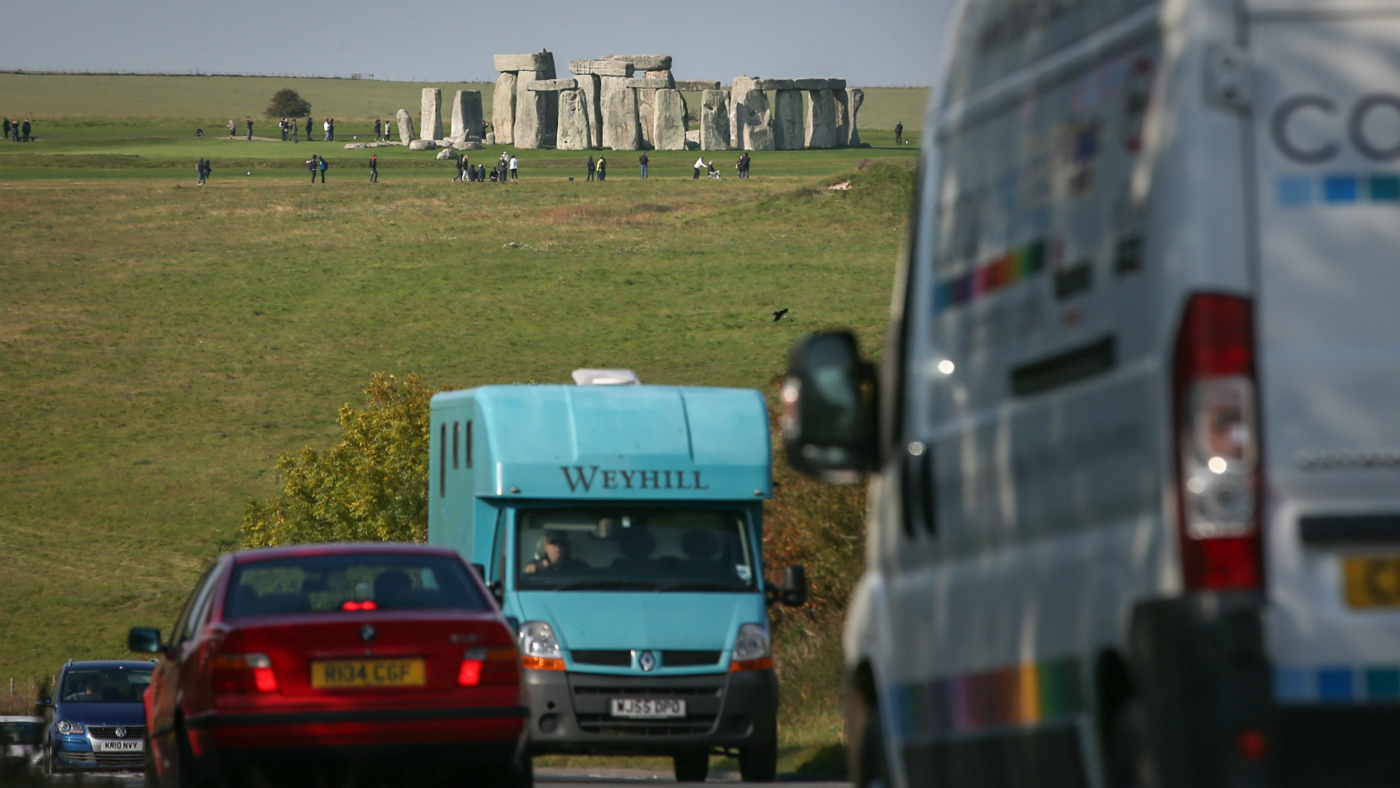 Stonehenge road tunnel gets go-ahead after 30 years
Stonehenge road tunnel gets go-ahead after 30 yearsSpeed Read Ministers approve dual carriageway near World Heritage Site
-
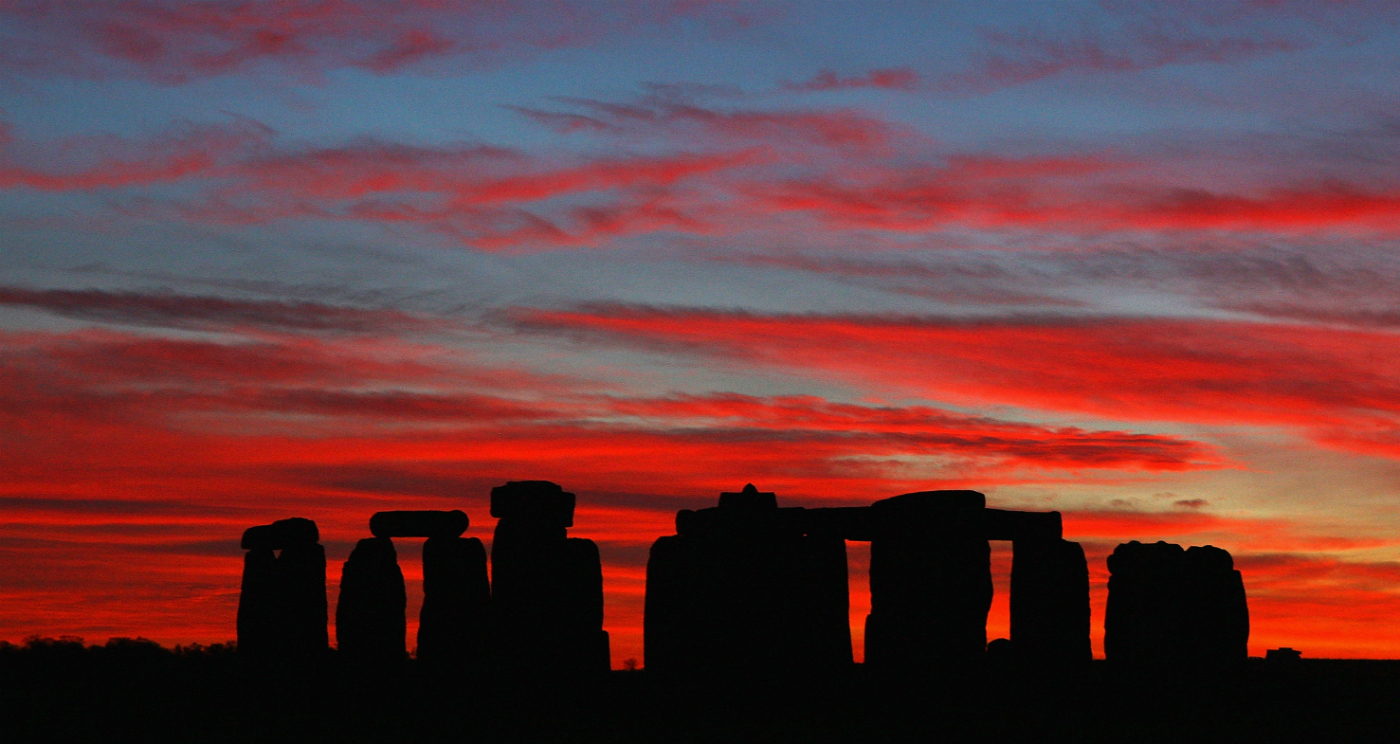 What is the winter solstice?
What is the winter solstice?In Depth Today marks the shortest day of the year but what does it all mean?
-
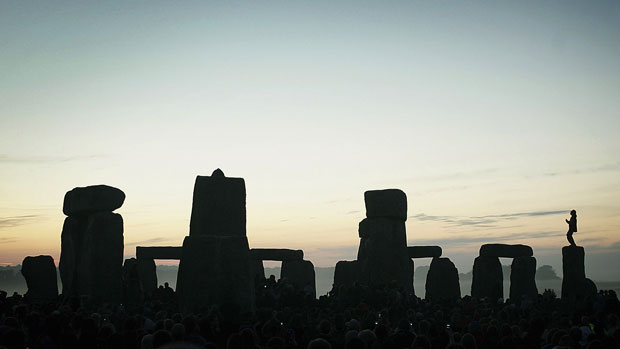 Hog roasts a favourite for Stonehenge locals in 25th century BC
Hog roasts a favourite for Stonehenge locals in 25th century BCSpeed Read Site near Stonehenge continues to throw light on ancient Britons' daily lives, including culinary habits
-
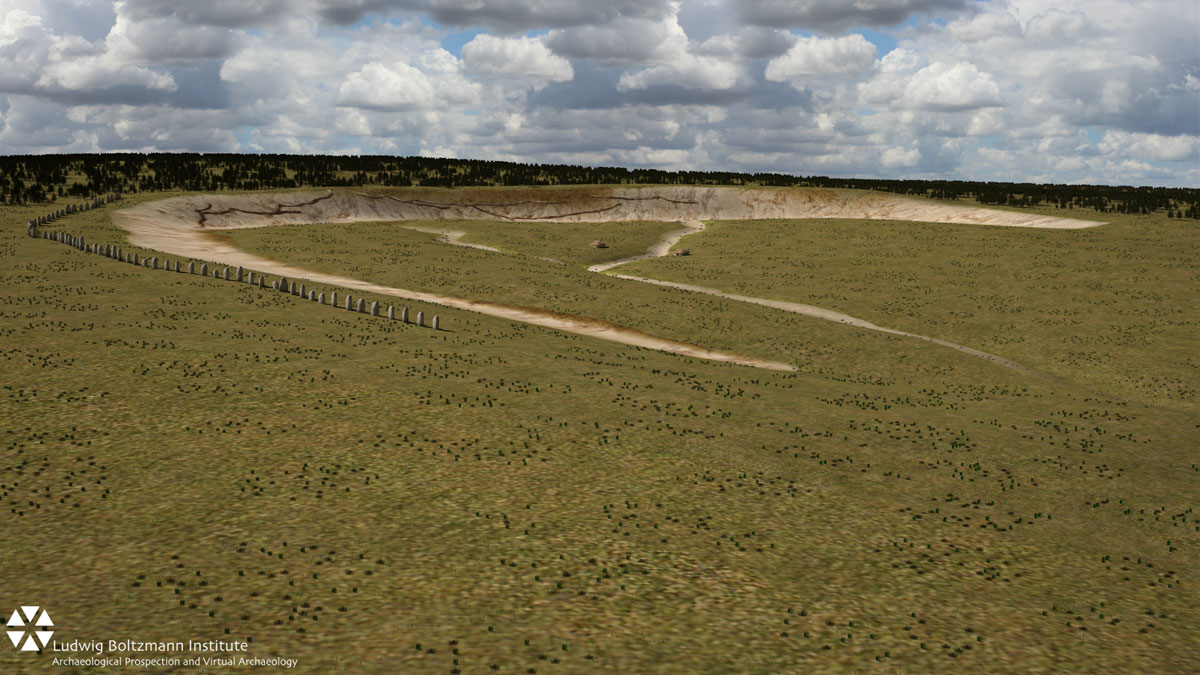 'Archaeology on steroids': Huge stones found buried next to Stonehenge
'Archaeology on steroids': Huge stones found buried next to StonehengeSpeed Read Stone monument thought to be largest in Europe is likely to rewrite history about Neolithic Britain
-
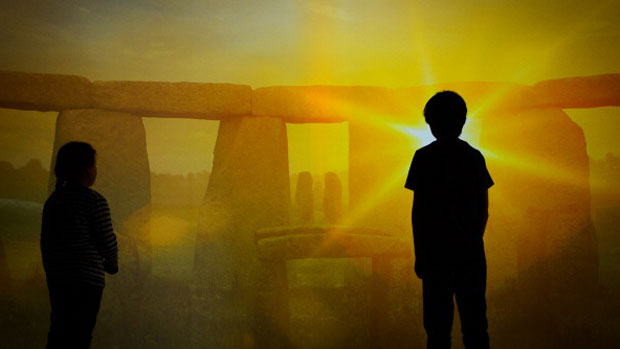 Stonehenge's new £27m visitor centre is 'well judged' success
Stonehenge's new £27m visitor centre is 'well judged' successIn Depth Revamp has taken three decades, but English Heritage's biggest project avoids the pitfalls of 'mass tourism'